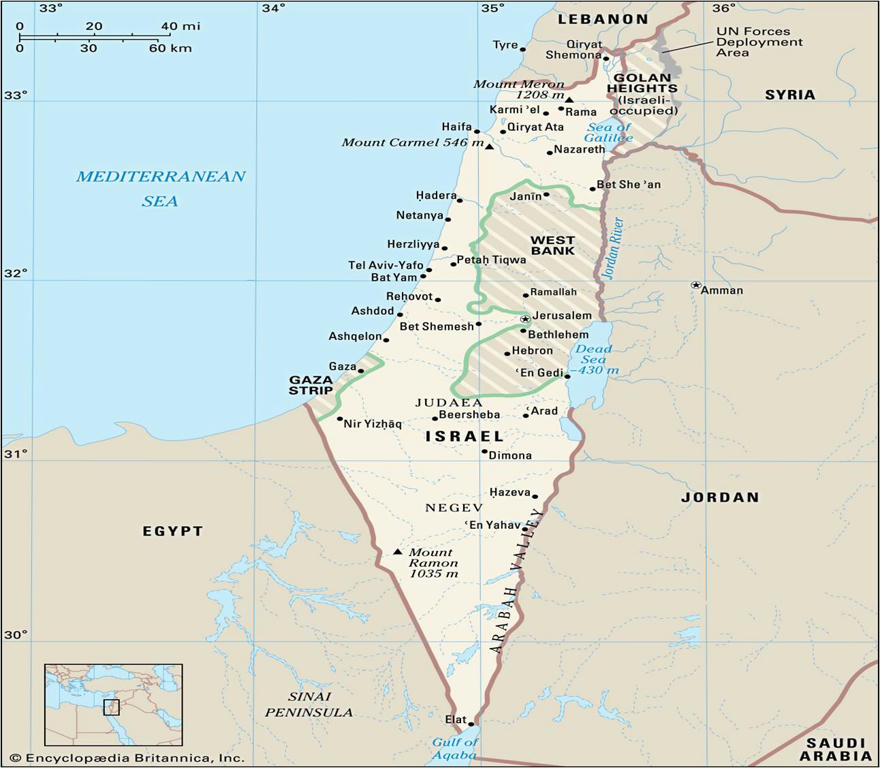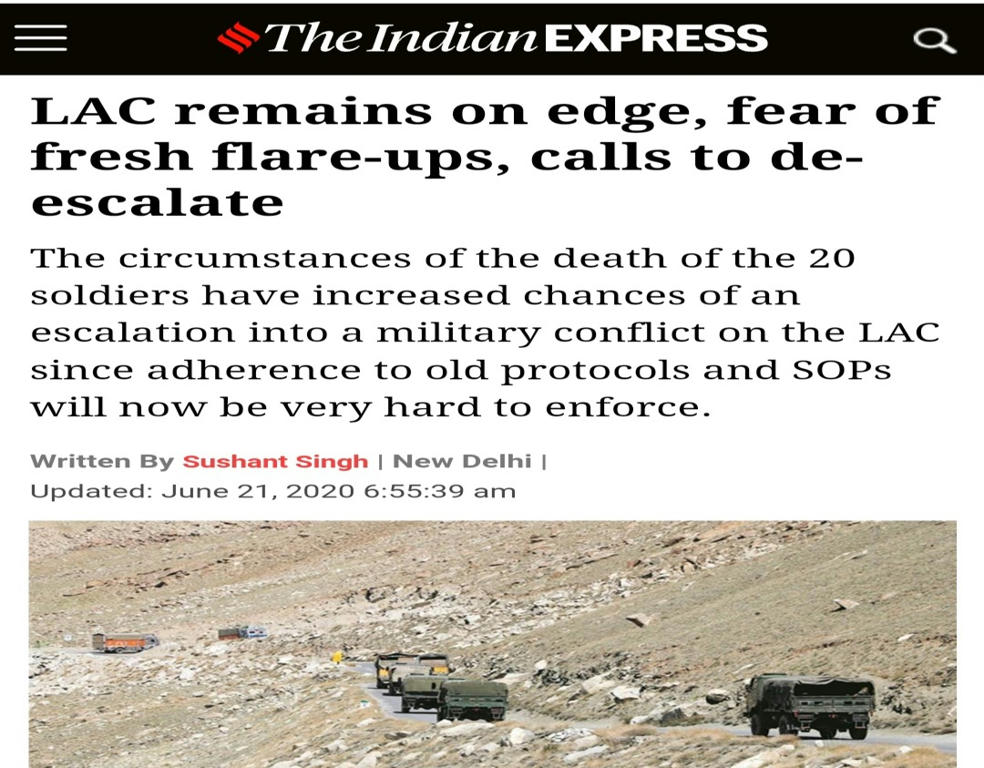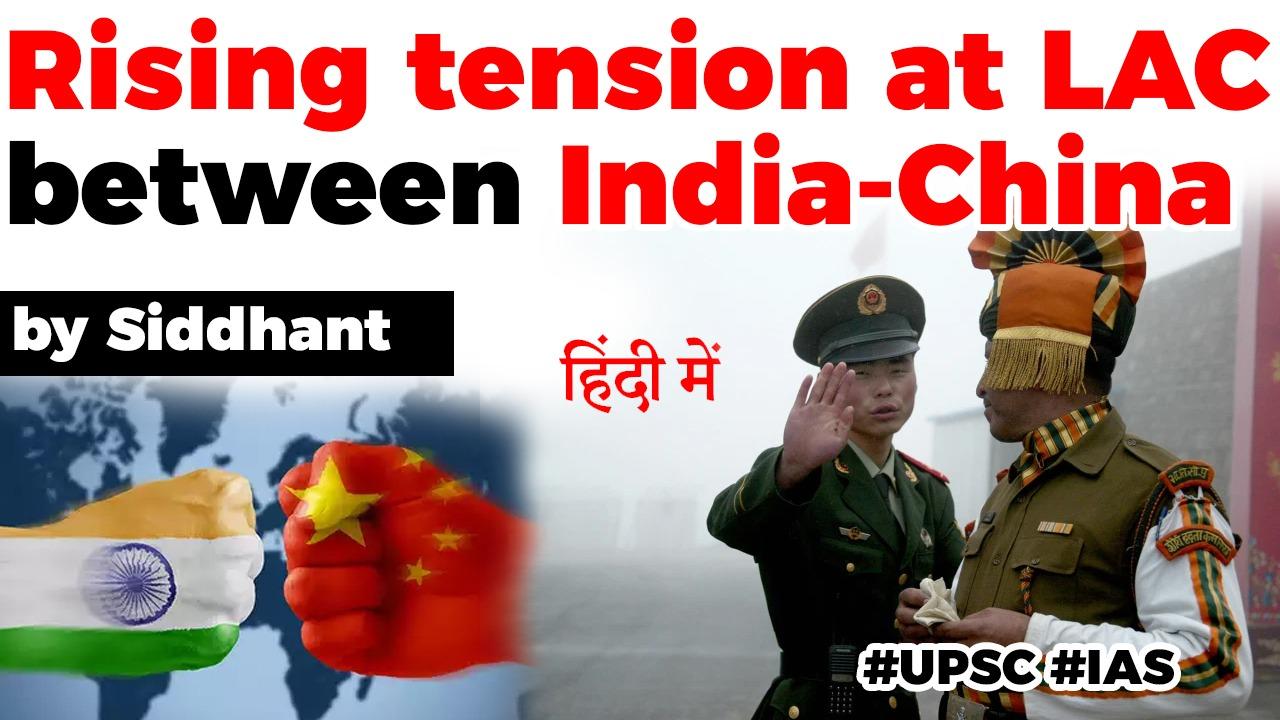Table of Contents


TENSIONS
- The mood on the Line of Actual Control has changed dramatically ever since the death of 20 Indian soldiers in clashes with Chinese troops in the Galwan Valley on the night of June 15.
- So tense is the situation that there is a possibility it could deteriorate rapidly should there be another faceoff any time soon.
- The Galwan incident – the first deaths on the Sino-Indian border in 45 years, and the most serious breakdown of the 1993 understanding between the two nuclear-armed neighbours who also agreed not to use firearms along their large.
TENSIONS
- More worryingly, the circumstances of the death of the 20 soldiers have increased chances of an escalation into a military conflict.
- “If de-escalation does not take place fast, the chances of more such clashes taking place will increase. When you have troops eyeball-to-eyeball, there is a lot of tension, anger, and any small incident can flare up,” former Army Chief General VP Malik
TENSIONS
- Chances of another clash are high as troops remain deployed in proximity – eyeball to eyeball – at multiple locations along the LAC.
- This risk is the highest at Pangong Tso, where latest satellite imagery shows newly constructed Chinese outposts and forward positions, that sit exactly on the ridgeline separating the two forces.
TENSIONS
- The availability of modern weaponry and support provided by the air force is likely to make any escalation much worse than Nathu La, where 88 Indian soldiers lost their lives and Chinese casualties totalled 340.
WHAT NOW?
- “Military-level talks at various levels are unlikely to yield any perceptible results. An amicable resolution is now possible only through diplomatic and political channels,” former Army Chief General Bikram Singh said.
- The solution lies in early disengagement and de-escalation at the LAC by both armies, which can only be achieved at a political level.
Latest Burning Issues | Free PDF






















 WhatsApp
WhatsApp